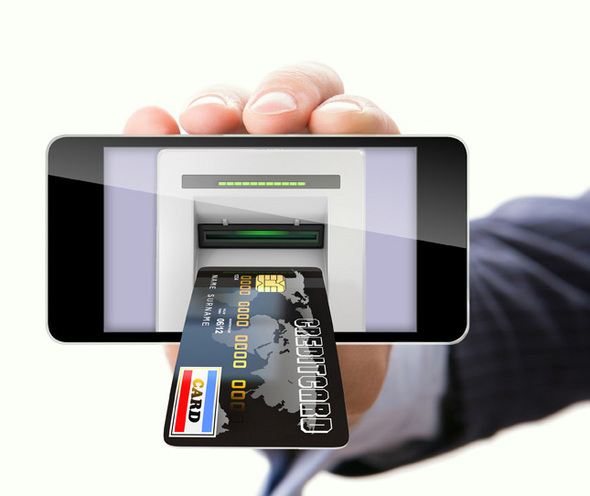Why Authentication Is Vital To The Financial Services Industry

There is no doubt that the financial services sector has become more reliant upon digital technology than ever before, especially amid growing consumer demand for mobile and online banking capabilities. This trend, however, does not only impact financial institutions such as banks and credit unions, but also affects retailers, payment processors and virtually all other entities that manage credit and debit account information in digital formats.
Authentication has become increasingly important in the greater push for enhanced technological capabilities in banking and payment processing, as consumers remain on-edge about security and the sanctity of their personally identifiable information. With an increased prevalence of data breach and subsequent identity theft, financial services firms should be taking a security-centric approach to app and network management, which can be easily accomplished using the most advanced multi-factor authentication solutions.
The modern consumer is more aware of the security threats that abound in the digital landscape, but is also looking to enjoy and intuitive and efficient process when using online and mobile financial services. If banks and other entities within the financial services sector want to maximize user interest in their latest and most advanced products, they will need to tailor offerings to these common preferences.

Here are three reasons why all financial services organizations should consider using authentication solutions:
One of the main advantages of multi-factor authentication is that it uses more intuitive information to regulate network and data access among users. Instead of the traditional password, which can be easily forgotten and cracked by a hacker, the user will go through several stages to eventually reach their destinations.
When credentials are established for one device, application or network, experts suggest that the same codes are not used again for any other type of account, specifically when it comes to antiquated password strategies. However, with the most advanced multi-factor authentication platforms, one set of credentials can be used across a variety of networks and for myriad purposes while still maintaining strong security.
Countless studies have indicated that demand for mobile banking apps is on the rise throughout North America and in many nations abroad. With advanced cryptographic device authentication, mobile services will be at the maximum level of protection without hindering the user experience. Banks that have leveraged this approach to access control have enjoyed the highest adoption rates and most beneficial user experience thus far.
Regardless of what type of financial services a given organization might offer or manage, multi-factor authentication can bolster profitability and security performances.
The Identity Theft Resource Center logged 23 breaches of the financial services sector in the United States last year, and while this number might not seem that high, those events led to the exposure of more than 786,000 sensitive records. Banking information is likely the second most sensitive type of data in the world today, shortly behind patient records, and must be protected as such.
With multi-factor authentication solutions, access control can be made more efficient, effective and user friendly for overall organizational and user improvements.
